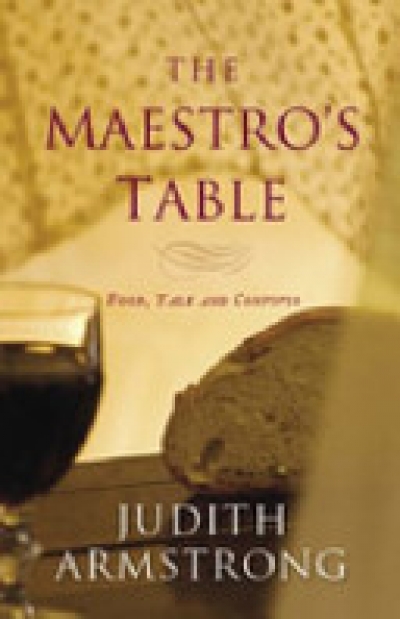Review
Eye Contact: Photographing Indigenous Australians by Jane Lydon
by Helen Ennis •
The Maestro’s Table: Food, talk and convivio by Judith Armstrong
by Gay Bilson •
Antipodes: The North American journal of Australian literature, Vol. 19, No. 2 by Nicholas Birns
by Melinda Harvey •
The Difficulties of My Position: The diaries of prison governor John Buckley Castieau 1855–1884 by Mark Finnane
by Laurie Hergenhan •
Humanities Research Centre: The history of the first 30 years of the HRC at the Australian National University by Glen St John Barclay and Caroline Turner
by Jay Daniel Thompson •









